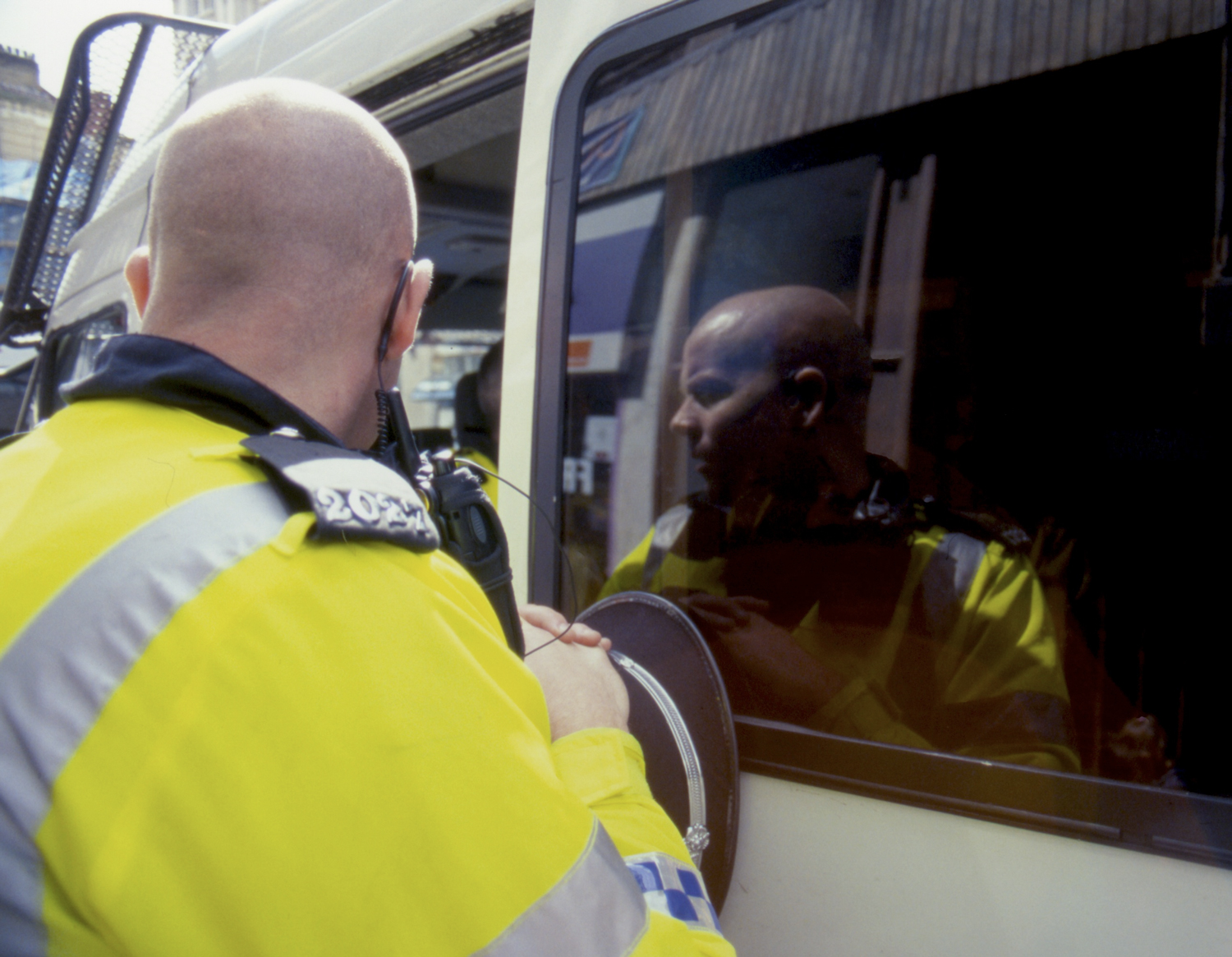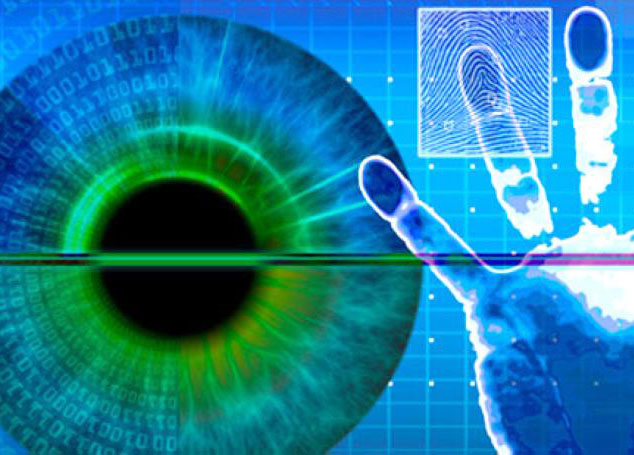One of the biggest challenges of any face recognition deployment in recent years has been the expectation of matching accuracy searching for a ‘face in the crowd. Nonetheless, this is the scenario facing the South Wales Police force as it prepares to secure the 2017 Champions League Final in Cardiff, Wales on June 3rd.
In an effort to increase the safety and security of the public, the South Wales Police force plans to use real-time face recognition technology to analyze the estimated 170,000 fans that will be attending. The decision to deploy face recognition for the event comes in the wake of a trio of explosions near the tour buses of German soccer club Borussia Dortmund.
According to reports, the South Wales Police force has been given funding to capture face images citywide and compare them against the 500,000 mug shots stored by police forces across the UK. Obviously, to be effective face recognition deployments like this need to have the capacity to handle large numbers of concurrent faces in real-time.
Chief Superintendent Jon Edwards expressed the opinion that “This will be one of the largest security operations ever undertaken in the Welsh capital and the use of technology will support the policing operation which aims to keep people safe during what will be a very busy time in Cardiff.”
Success at the Champion’s League finals would seem vital for this unnamed face recognition system. Not only would a success mean that the event will be free of incident, but also serve as a demonstration for other law enforcement agencies seeking to utilize similar systems in their respective jurisdictions. With a ratio of about one surveillance camera for every 11 people in the UK, the scope of the public safety challenge is immense.
Historically, law enforcement’s efforts to use face recognition has been stymied by the proliferation of low-quality cameras producing inferior facial detail and the lack of accuracy in face recognition software not suited for video. The result has been mismatches and much confusion.
While cameras have gotten better, and image quality has improved, most face recognition systems still struggle with non-compliant subjects, extreme viewing angles and partial obstruction of facial details.
CyberExtruder has always understood the weaknesses of conventional facial recognition approaches and spent years researching and developing its 3D technology which is smart enough, and fast enough, to handle large crowds without foregoing accuracy. We’ve created software that uses a subject’s image to construct a three-dimensional model from that person’s facial image, rather than merely using two-dimensional imagery. Using a 3D model, imperfect poses, facial expressions, poor lighting and partial occlusions, like hats, glasses and facial hair can be effectively overcome. The Aureus 3D family of face recognition products provide solutions that combine the three pillars of face recognition success: Speed, Accuracy, and Scalability.




